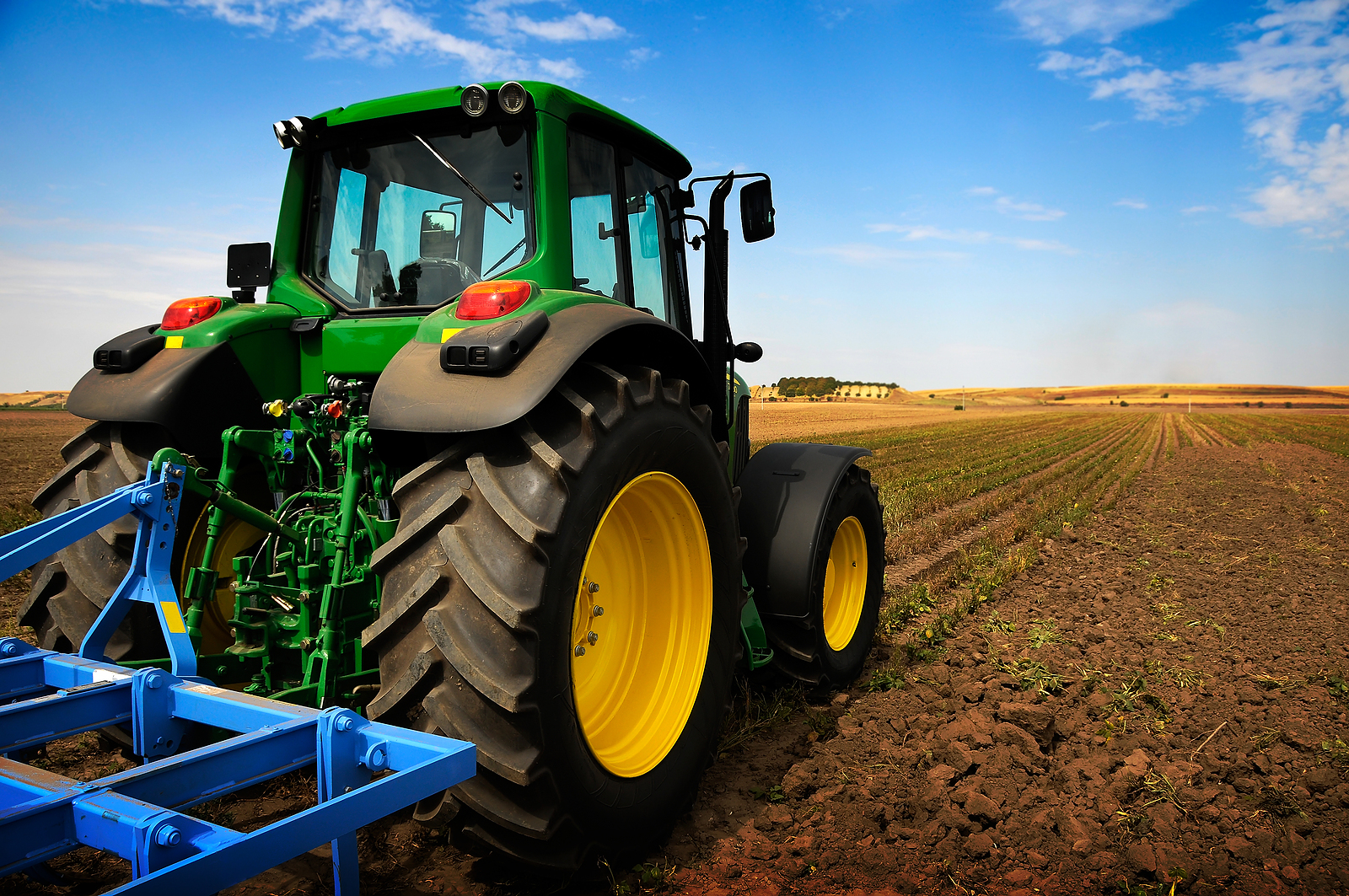- January 31, 2017
- No Comment
The Basics: Farm Tractor Licencing and Training

The legal requirements for driving a tractor are deceptively simple. All that’s technically required is the same licence you use to take your car for a spin.
Tractor licencing at a glance
- No specific licence or permit is required to drive a tractor on private property;
- On the road, any tractor smaller than 4.5 tonnes can be driven with a C Class drivers licence or learners permit (a motorcycle licence doesn’t count);
- Larger tractors will require a heavy vehicle licence;
- No permit is needed for a trailer but other attachments may require a High Risk Work (HRW) licence;
- L and P plates aren’t necessary and no restriction applies to automatic-only licences;
- The tractor must be registered. If it is not, you can obtain a temporary movement permit from the Road Transport Authority in your State or Territory;
- While a special tractor licence is not required, training is recommended.
Larger tractors
According to Heavy Vehicle National Law, any tractor over 4.5 tonnes is classified as a heavy vehicle and will require the appropriate class of licencing. If you’re taking to the road in a larger machine, you’ll need a current licence in the relevant heavy vehicle class. For tractors between 4.5 and 8 tonnes, that’s an LR licence. Larger machines will require an MR licence.
If you already have a C Class licence, you won’t need to worry about L plates to move up to a heavy vehicle class. However, you will need to prove your competency through completion of an approved training course or by undertaking a theory test and practical assessment.
Attachments and modifications
If you’re looking at operating the tractor with a front end loader, or any other attachment, a HRW licence may be required. Efforts have been made, since 2011, to unify workplace health and safety legislation between the Australian states and territories. However, the rules are not yet 100% in harmony. HRW licencing requirements still differ, depending on your location.
If you are looking at adding modifications or attachments to your tractor, contact the work health and safety regulator in your jurisdiction to ensure you meet their requirements. Links to the regulators for each state and territory can be found on the Safework Australia website.
The importance of tractor training
Even if your tractor is small, has no attachments and never leaves the farm, formal training is still recommended.
Legal requirements
While a C Class licence allows you to drive a tractor, it does not provide you with the education necessary to meet the occupational health and safety requirements for your state or territory. Whether you are a farmer, business operator, contractor or employee, you must comply with health and safety legislation. The best way to ensure you do this, is to undergo training.
Safety benefits of training
Tractor safety has improved greatly in recent years with the introduction of roll over protections structures (ROPS), power take-off guards and other enhancements. However, Safework Australia still identify tractors as the farm machine most often associated with traumatic death. They’re also the most common culprits in workers compensation claims caused by machinery. Education and training are the best tools available to you if you wish to reduce your risk of injury and liability.
What’s involved?
Courses cover all aspects of tractor operation from preparation through to completion. Safety, risk minimisation, performance enhancement and efficiency are the main goals, with industry standards, and the rules for compliance, explained. Operators will also learn how to use various attachments and the best maintenance practices to keep the machine in peak condition.
Most courses span 2 days and can be taken as a stand-alone class or as part of a greater agriculture, horticulture or land management qualification. The minimum age is generally 16 although in WA, for example, the requisite age is 15. There are Registered Training Organisations (RTOs) available all over Australia and many offer both weekday and weekend courses.






